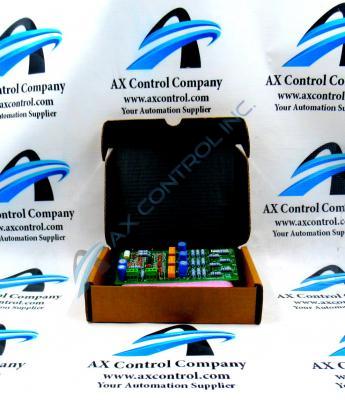About the DS200LPPAG1A
This DS200LPPAG1A General Electric printed circuit board product offering was originally manufactured, as discussed above, to exist as a member of the Mark V Turbine Control System Series. As you could probably tell by its full name, this Mark V Turbine Control System Series has specific intended applications in the control and management systems of steam, wind, and gas turbine internal assemblies, and is considered a General Electric legacy series as it has been discontinued for manufacture in the years following its initial release. While the Mark V Series that this DS200LPPAG1A product offering belongs to is considered a legacy GE series, it is also deemed as one of the final GE Mark product series to feature the patented Speedtronic control system technology in its products. This DS200LPPAG1A printed circuit board or PCB for short is better-definable by its official functional product description as a GE Line Protection Board, although it is not the originally-developed product of this functionality to exist within the Mark V Turbine Control System Series. The original Line Protection Board made for the Mark V Series is the DS200LPPAG1 parent printed circuit board missing this DS200LPPAG1A product offering's A-rated functional product revision.
Hardware Tips and Specifications
As with any General Electric Mark V Series product, this DS200LPPAG1A printed circuit board makes use of its own series of functionality-introducing hardware components and component specifications. The GE Line Protection Board DS200LPPAG1A features 7 jumpers and 2 terminal blocks with 3 terminals on each. The jumpers are identified as JP1 through JP7. The GE Line Protection Board DS200LPPAG1A also contains test points. The board is installed on standoffs on another component of the Mark V Series automated drive assembly in which it is situated. The signal wires that connect to the DS200LPPAG1A board originate on the other component. This DS200LPPAG1A printed circuit board makes use of its own selection of Mark V Series-standardized hardware component inclusions for voltage protection purposes, including various capacitors, diodes, and integrated circuits into it assembly. On top of this, literally, the DS200LPPAG1A Line Protection Board makes use of a thick rudimentary protective layer of normal-style printed circuit board coating, which envelops and protects individual hardware elements on this DS200LPPAG1A product offering's base circuit board on a functional priority basis. All of the factory-drilled installation holes in the assembly of this DS200LPPAG1A printed circuit board or PCB for short seem to have been ringed with an insulated material in observance of potentially-present damaging surface voltages.
During installation, It is best practice to remove the component the DS200LPPAG1A board is attached to together as one piece from the drive. Refer to the information that describes the installation of the other component to understand the steps to removing it. Following this action, official GE instructional materials reccommended to remove the DS200LPPAG1A PCB from the drive and place it on an EDS protective surface, for example a flattened out static bag. When you remove it use care that it doesn’t bump against other components or is damaged by hitting the sides of the drive. Use a sharp blade to cut open the sealed bag but keep the blade from touching the board and damaging it. Use a screwdriver to detach the old board from the component to which it is attached. Use the same screws to attach the replacement to the component. It is important to follow these seemingly-loose installation requirements for this DS200LPPAG1A product offering to a T, considering its classification as a static-sensitive General Electric printed circuit board. Before making a final purchase decision on this DS200LPPAG1A printed circuit board, it is important to consider the fact that its originally-introduced performance specifications and dimensions have been altered from their original statuses through this DS200LPPAG1A device's attachment of an A-rated functional product revision.











